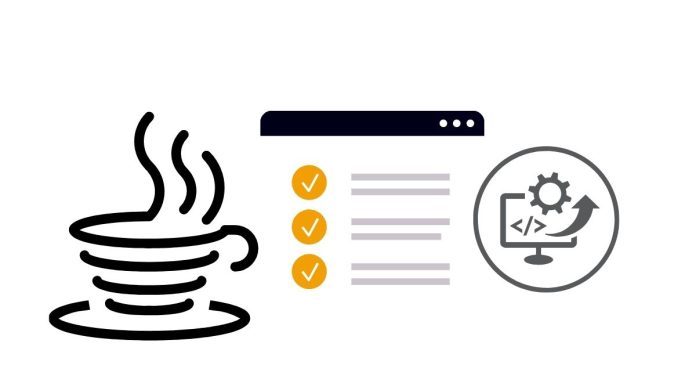The Enumeration interface in Java is a legacy interface that was part of the original version of Java, introduced in the java.util package. It provides methods to iterate over a collection of elements, but it has largely been replaced by the more powerful Iterator interface in modern Java.
Here’s a quick breakdown of the Enumeration interface:
Key Methods in Enumeration:
boolean hasMoreElements():
Returnstrueif there are more elements in the collection to enumerate.E nextElement():
Returns the next element in the collection. If there are no more elements, it throws aNoSuchElementException.
Example of Enumeration Usage:
import java.util.Vector;
import java.util.Enumeration;
public class EnumerationExample {
public static void main(String[] args) {
// Create a Vector (a type of collection)
Vector<String> vector = new Vector<>();
vector.add("Apple");
vector.add("Banana");
vector.add("Cherry");
// Get the Enumeration object from the Vector
Enumeration<String> enumeration = vector.elements();
// Iterate over elements using Enumeration
while (enumeration.hasMoreElements()) {
String fruit = enumeration.nextElement();
System.out.println(fruit);
}
}
}
Key Points:
- Legacy Interface:
Enumerationis an older interface, and it’s generally recommended to useIteratorin most cases. - Thread-Safety:
Enumerationwas designed to be thread-safe, but it’s not as flexible or feature-rich asIterator. - Collections: It is still used in some older classes (like
VectorandStack), but newer collections (likeArrayList,HashSet, etc.) generally do not useEnumeration.
Why Iterator is Preferred:
The Iterator interface is preferred over Enumeration because it:
- Has a
remove()method, allowing elements to be removed while iterating. - Has more descriptive names for its methods:
hasNext()andnext()instead ofhasMoreElements()andnextElement(). - Works with newer collections, and
Iteratorcan be used withfor-eachloops, making it more modern and versatile.
Would you like to dive deeper into any specific aspects of the Enumeration interface?


